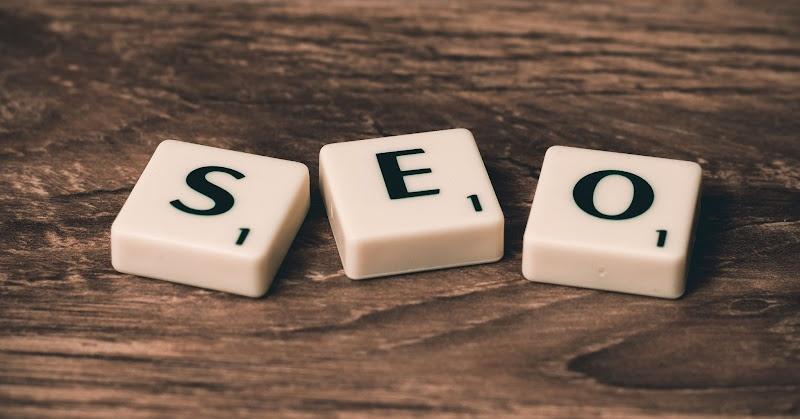In the digital age, an effective online presence is indispensable for any business or professional. One of the most crucial aspects of establishing this presence is Search Engine Optimization (SEO). While SEO is a broad field that incorporates various elements, such as off-page strategies and link-building, on-page SEO is particularly important to ensure that your web pages rank well on search engines.
This guide aims to provide a comprehensive look into best practices and tips for on-page SEO that work across industries.
1. Keyword Research And Placement: The Backbone
Before you start writing your content or designing your webpage, understanding your target keywords is crucial. In-depth keyword research gives you insights into what your target audience is looking for. Once you’ve determined your keywords, strategically place them in key areas like the title, headings, and body text.
Also, don’t forget about long-tail keywords, which can often be more effective in attracting a specific audience.
For instance, if you are involved in healthcare, with SEO for physicians, your target keywords might not just be “healthcare services” or “doctors near me.” You should also aim to incorporate more specific, long-tail keywords like “best pediatrician for child allergies” or “cardiologist for heart valve issues.”
2. Optimize Meta Descriptions And Titles
Meta descriptions and titles are what users see in search engine results. Optimizing these elements helps improve click-through rates (CTR).
Make sure your titles are under 60 characters and your meta descriptions under 160 characters to ensure they display correctly on search results. Incorporate your main keyword into both of these elements to make it easier for search engines to understand the content of your page.
3. Make Use Of Header Tags
Header tags (H1, H2, H3, etc.) not only make your content more readable but also serve as a roadmap for search engine algorithms. The H1 tag should be reserved for the title, while H2 and H3 tags can be used for subheadings and subsections. Naturally incorporate your target keywords into these headings to boost on-page SEO.
4. High-Quality, Original Content
Creating high-quality content is perhaps the most vital aspect of on-page SEO. The content needs to be original, informative, and offer value to the reader. With better content, you’re likely to attract more organic traffic, get higher user engagement, and improve your page’s authority. Search engines love fresh content, so make sure to update your web pages and blogs regularly.
5. Internal Linking Strategy
Internal links guide visitors through your website and help search engines understand the structure and relationship between different pages. Incorporate internal links to important pages to distribute page authority throughout your website.
However, don’t overdo it—only link when it’s relevant and helpful to the reader.
6. Optimize Images And Multimedia Elements
Images and multimedia elements can enhance user experience but can also slow down your website if they’re not optimized. Use alt text for images and keep file sizes as low as possible without sacrificing quality. The alt text should describe the image and ideally contain your target keyword.
7. User Experience And Page Speed
The speed at which your page loads directly affects user experience and, by extension, your search engine ranking. Optimize elements like images, leverage browser caching, and improve server response times to enhance page speed. A website that’s mobile-friendly is also a must in today’s digital age.
8. Monitor And Analyze
Always keep an eye on how your on-page SEO efforts are paying off. Tools that analyze web page performance can provide insights into what’s working and what needs improvement. Make regular adjustments based on these analyses.
9. Mobile Optimization: Don’t Ignore The Small Screen
In an era where smartphones have become ubiquitous, mobile optimization is no longer optional; it’s mandatory. According to various reports, over half of all web traffic comes from mobile devices, and search engines have started to prioritize mobile-friendly websites.
To ensure your website performs well on mobile platforms, consider adopting a responsive design that adjusts to different screen sizes. Elements like buttons should be easy to interact with, and text should be legible without requiring zoom. Also, be cautious about pop-ups or interstitials that may interfere with mobile navigation.
Conclusion
On-page SEO is a multi-faceted strategy that requires attention to various elements, from the classic keyword research and meta description optimization to the increasingly critical mobile optimization. Whether you’re in e-commerce, content marketing, or specialized fields like healthcare, these best practices are not just recommendations; they’re necessities for success in today’s digital landscape. SEO is an ongoing commitment, and staying abreast of trends and continuously optimizing your site is the key to maintaining a competitive edge. So, go ahead and use this guide as your go-to resource for ensuring that your webpages are not just good, but SEO great.

